To sum up how ADHD medications work, they serve as “jump starters” for the naturally occurring neurotransmitter, dopamine, which is the main brain chemical responsible for experiencing pleasure, feeling motivated, being able to focus, and organizing one’s thoughts into purposeful actions. These medications also increase another important neurotransmitter, norepinephrine, which is responsible for energy, alertness, and purposeful actions. However, dopamine deficiency is the main source of ADHD-related symptoms, in those with ADHD have a deficiency of dopamine in the key areas where this motivating chemical needs to be, which are the synapses in the dopaminergic pathways. This deficiency causes an adult with ADHD to have 2 to 3 times more difficulty with following through on personal and work tasks, specifying goals, making decisions, communicating in an organized manner, and regulating behaviors and emotions, compared to those who do not have ADHD.

Everything we think, feel, or do is dependent upon our billions of neurons communicating with one another, and dopamine, as well as norepinephrine, are key players in our daily ability to follow schedules, to complete tasks, and to be productive human beings. Moreover, this communication is what determines our mood states, cognitive abilities, goals, and values. These neurons are separated by tiny gaps, called synapses. In the brain of a person with ADHD, there is not enough dopamine in these synapses, because they simply do not flow into the synapses for an adequate amount of time to bind with their appropriate receptor sites. What happens in individuals with ADHD is that their dopamine is prematurely reabsorbed back into the neuron. When this occurs, that portion of the neural network can’t relay messages in an adequate and timely way. This is why those with ADHD appear slow in their thought processes and why they have great difficulty with task completion. This is why those with ADHD may get great relief and improved motivation by taking stimulant medications which increase dopamine activity in the main neuronal pathways which control emotional and cognitive responses to all of one’s life experiences.
The two most widely-used prescription stimulants are Ritalin (methylphenidate) and Adderall (d-amphetamine), but they alter dopamine activity in differing ways. Methylphenidate increases dopamine activity by blocking dopamine transporters, and d-amphetamine increases dopamine release from nerve terminals. A more recent stimulant ADHD medication is Vyvanse (lisdexamfetamine), which acts on brain synapses in a similar way as d-amphetamine to correct their faulty dopamine functioning. The result of this faulty functioning is a lack of concentration and alertness, and ADHD medications can be game changers for one’s academic performance, ability to pursue and achieve one’s career goals, and confidence in communicating with significant people in their lives.

Research suggests that methylphenidate increases levels of dopamine by blocking the reuptake of dopamine and norepinephrine in the brain, thus reducing how much of this neurotransmitter is reabsorbed into the neuron and increasing its presence in the synapses. It also promotes dopamine release from within the neuron, which sends more out into the synapse. Common methylphenidate-based stimulants include: Concerta (methylphenidate extended-release tablets), Focalin (dexmethylphenidate), Metadate (methylphenidate hydrochloride), and Ritalin (methylphenidate). Methylphenidate (MPH) has been shown to act as a norepinephrine and dopamine reuptake inhibitor (NDRI), thereby increasing the presence of these neurotransmitters in the extra-neuronal space and prolonging their action. Methylphenidate (MPH) non-competitively blocks the reuptake of dopamine and noradrenaline into the terminal by blocking the dopamine transporter (DAT) and noradrenaline transporter (NAT), increasing levels of dopamine and noradrenaline in the synaptic areas between the brain’s neurons. Amphetamines, such as Adderall and Vyvanse, are other types of ADHD medications which help the brain’s neurons to effectively transmit dopamine and norepinephrine through the synapses.
Adderall is a combination of two central nervous system (CNS) stimulants, amphetamine and dextroamphetamine. When these get to the brain, they act like the naturally occurring neurotransmitters, dopamine, epinephrine (also known as adrenaline), and norepinephrine. Adderall keeps norepinephrine around in the synapses longer, which enhances and sustains the the flight-or-flight response. Norepinephrine also helps increase focus.

There is now a greater understanding of the neurological systems related to reward and reinforcement. Brain imaging studies have demonstrated that stimulant medications increase metabolic activity in the prefrontal cortex, specific subcortical regions, and the cerebellum, which are important for performing executive functions, such as goal-setting, working memory, and self-control. Prescription stimulant medications are known to improve alertness, attention, and overall motivation. Much of the research on the effects of these medications concerns cognitive functioning. By increasing dopamine and norepinephrine levels in the synapse of their neuronal pathway, there is a noticeable reduction in cognitive “stuckness” and an increase in the ability to create and to achieve clear goals. It is very important to do your research on the effects of stimulant medications and on the different types which are currently used for adults with ADHD.

